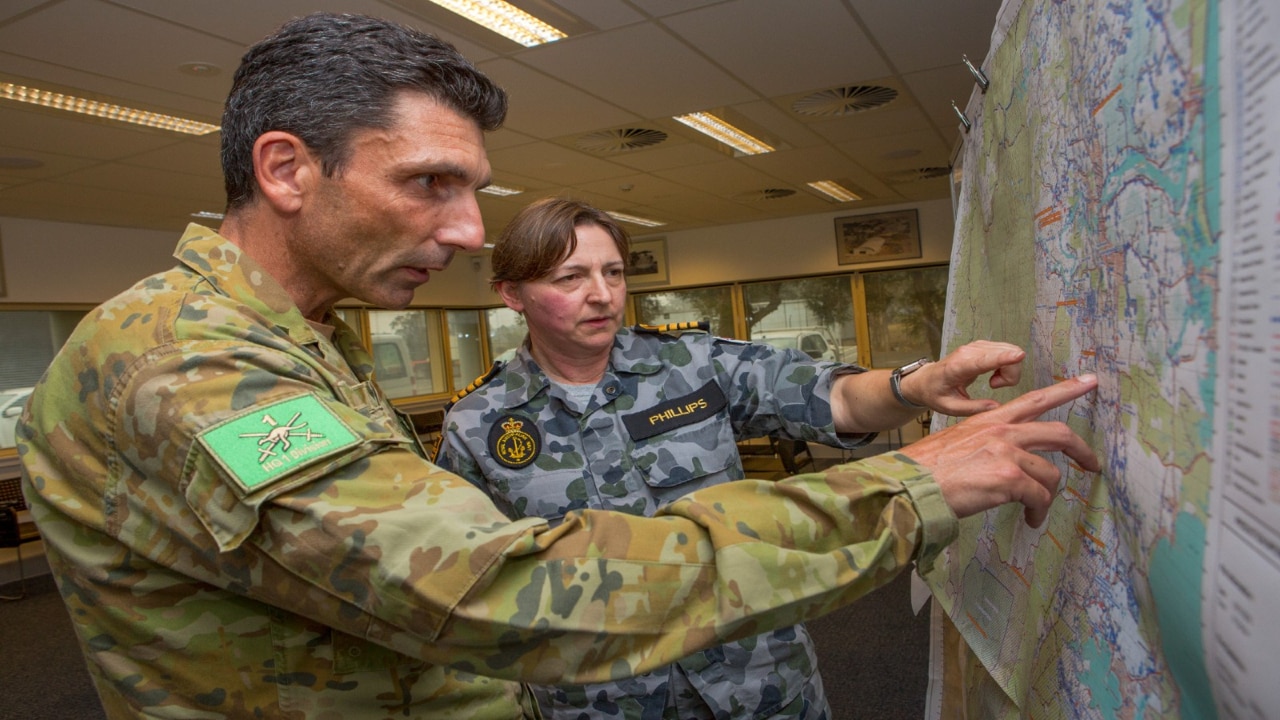Defence Strategic Review: Thorough appraisal recognises the dangers

This is a radical change from the Dibb Review of Australia’s Defence Capabilities in 1986. And so it should be, because then we faced no serious military threat from any major power in our region and the build-up of such a capability could not be hidden from modern means of intelligence collection. Therefore, the 1986 document came to the judgment that the only credible military contingencies would be low-level ones. And even if they escalated, we would be able to handle them.
The new review has carefully considered the vast military build-up in the Indo-Pacific region and what it might mean for today’s ADF. The stress, therefore, is on long-range strike missiles for both the navy and the air force and a radically restructured army capable of land-based maritime strike.
That is the good news. Less impressive is allocating to army the role of amphibious capable “littoral manoeuvre”. It is not clear whether that ambitious new role includes amphibious operations against a well-prepared enemy on the land. If it is to be focused on amphibious capabilities in the South Pacific environment that would be appropriate. If, however, the army is thinking about Southeast Asia it needs to be made clear that such operations could generally only be mounted on invitation in that part of our region, which has big armies of its own. We should not, in any case, consider amphibious assault against an opposed, well-prepared, sizeable land force.
The most important single strategic conclusion in the review is its proposal that we should maximise the policy of deterrence by denial. Deterrence theory has two alternatives: deterrence through punishment and deterrence by denial. Punishment includes striking the adversary’s own territory. That would be a serious path of escalation – particularly against a well-armed power like China.
The second deterrence alternative – denial – requires the implementation of a new approach to defence planning, force posture, force structure, capability development and acquisition, according to the review.

While there is foreseeably only a remote possibility of any power contemplating an invasion of Australia there are many credible contingencies short of that we must be able to handle. The review mentions trade and supply routes which are vital for Australia’s economic prosperity; cyber warfare that is not bound by geography; and – I would add – military coercion and bullying in our exclusive economic zone and our offshore resources.
In these circumstances, the most likely direction of the contingent military threat to us would come through our northern approaches – as the review recognises. But in the future, we may also have to contemplate such a threat to our heavily populated eastern approaches were an enemy to gain access to a military base in such places as the Solomon Islands or Vanuatu. Defence Minister Richard Marles rightly stresses our dependence on long sea lines of communication to the markets of North Asia (China, Japan, South Korea and Taiwan). But even with the greatly improved ADF proposed by the review it would not be possible to comprehensively defend such enormously long SLOCs (sea lines of communication).
It would be much more sensible for us to focus on key focal areas both in Australia and in our region of primary strategic interest.

In May 2021, my ANU colleague Richard Brabant Smith and I authored a paper for the Australian Strategic Policy Institute called “Deterrence through denial: a strategy for an era of reduced warning time”. In it, we argued that the probability deterrence will work is reinforced if we have a more certain ability to deny an attacker the achievement of its military objectives. Solid deterrence provides a hedge against surprise, raises the cost to an adversary of action against Australian interests and, if sufficient, makes an enemy’s attack irrational.
Denial is limited to attacking the enemy’s forces and associated infrastructure directly threatening us, and not its territory.
The bottom line for defence policy is that, as confidence in deterrence by denial goes up, our dependence on early response to warnings should go down.
Moreover, it would be easier and cheaper to go to a higher state of alert with this concept than with one based on deterrence through punishment and attacking the enemy’s territory. The above reasoning is the essence of the well-thought-out and argued Defence Strategic Review.

Much of the rest of this 110-page document argues for the fine-grained and detailed improvements that are urgently needed to greatly improve the lethality and preparedness of the ADF to ensure that the perceived costs and risks to an adversary of using military force against us are greater than the perceived benefit. The trick now will be to implement it as quickly as possible and find the resources – including the money – that will be vital for us to defend ourselves in a thoroughly credible way.
Paul Dibb’s Review of Australia’s Defence Capabilities was published in 1986







My first impressions with the government’s just released Defence Strategic Review are that it is a thoroughly professional piece of work. At last, we have a document that stresses that time is not on our side and that we may have little or no warning of a serious military challenge involving high-intensity conflict.